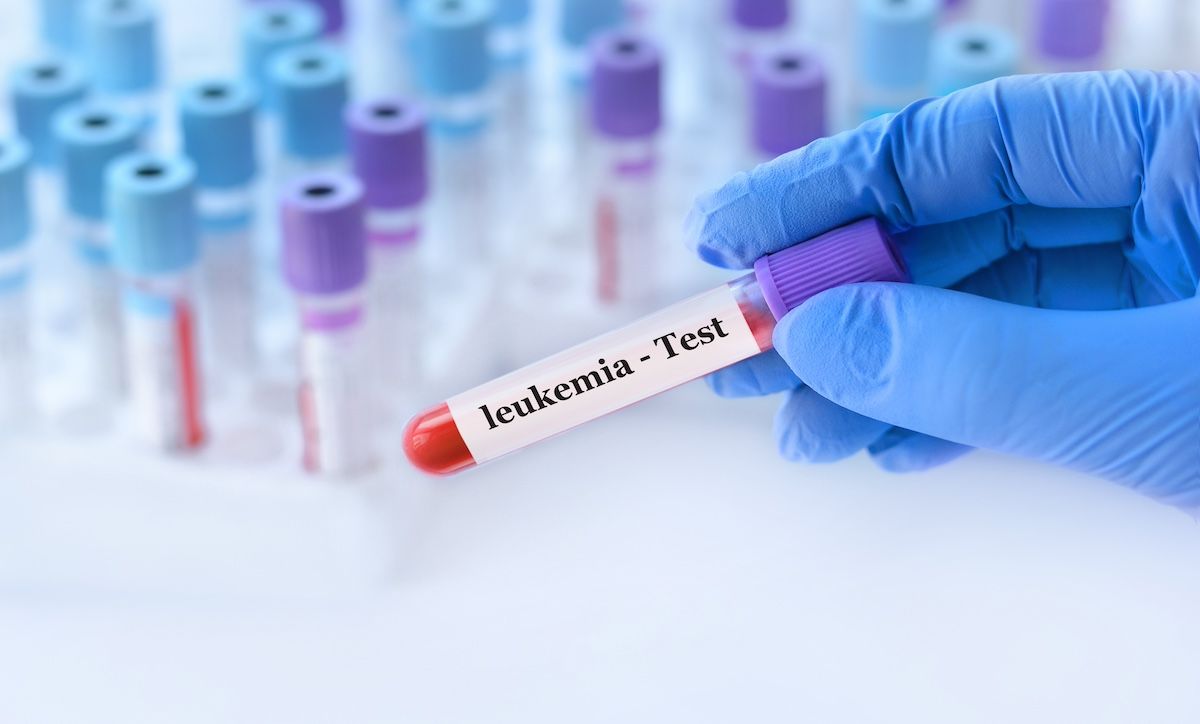- Center on Health Equity & Access
- Clinical
- Health Care Cost
- Health Care Delivery
- Insurance
- Policy
- Technology
- Value-Based Care
Study Shows Improvements in Posttransplant Outcomes Among Older Patients With AML
Data highlight substantial improvements in outcomes following allogeneic hematopoietic cell transplantation (allo-HCT) among older patients with acute myeloid leukemia (AML).
A study published in Clinical Cancer Research analyzed real-world changes in posttransplant outcomes over time, revealing a substantial improvement in both leukemia-free survival (LFS) and overall survival (OS) rates among patients with acute myeloid leukemia (AML) after allogeneic hematopoietic cell transplantation (allo-HCT) in recent decades.1
AML is prevalent among older adults and has historically posed significant treatment challenges, particularly for those aged 65 and above. This age group often faced limited treatment options, which commonly excluded intensive chemotherapy and subsequent therapies due to high toxicity levels and lower tolerance. However, recent advances in allo-HCT have improved outcomes for this demographic.
Doctor holding a test blood sample tube | Image credit: syhin_stas - stock.adobe.com

The retrospective analysis included 7,215 AML patients aged 65 to 80 from 2000 to 2021 from the European Society for Blood and Marrow Transplantation (EBMT) registry. The researchers assessed outcomes 3 years following allo-HCT transplant and compared outcomes between patients treated from 2000 to 2009 (n = 728), 2010 to 2014 (n = 1,775), and 2015 to 2021 (n = 4,712). At the time of their transplants, 64% of the patients were in their first complete remission (CR1), 14% were in their second or subsequent remission (CR2+), and 22% had active disease.
The research demonstrated a significant reduction in the 3-year cumulative relapse incidence (RI), decreasing from 37% in 2000-2009 to 30% in 2015-2021. Non-relapse mortality (NRM) also improved, decreasing from 31% to 27% in the same periods. Notably, leukemia-free survival (LFS) improved from 32% to 44%, and overall survival (OS) increased from 37% to 49% across the study's 3-year timeframe. These improvements were seen regardless of disease status at transplant.
The study's multivariate analysis noted a significant reduction in RI and increased LFS and OS after 2015 compared with the other periods, while the NRM did not significantly change. Researchers also found that the incidence of graft-vs-host disease (GVHD) decreased from 35% to 31% in the first two periods. GVHD-free and relapse-free survival (GRFS) improved from 22% to 29%, and then to 34%.
These outcomes are likely attributable to several factors noted in the study. There has been an increased use of reduced intensity conditioning regimens, which are more suitable for the older patient population, reducing toxicity and improving tolerability. Using haploidentical donors and post-transplant cyclophosphamide has expanded the donor pool without significantly increasing the risk of graft-versus-host disease.2
In addition, the increasing use of FLT3 inhibitors and hypomethylating agents as maintenance therapies post-transplant has contributed to reducing relapse rates and extending survival, which is particularly evident in patients achieving CR1 before transplantation.3 However, the analysis does not include sufficient information on prophylactic posttransplant maintenance therapies for patients to determine the precise role of these factors in improving outcomes.1
The evidence supports that age alone should not preclude patients from receiving potentially curative treatments. However, it's still important to consider disease risk and quality of life when identifying patients most likely to benefit from allo-HCT.
"This study represents the largest analysis to date for assessing trends over time and predictive factors for outcome of elderly patients with AML after allo-HCT," the study authors wrote. "In this population, we observed an impressive improvement over time in posttransplant outcomes with decreased RI and improved LFS, OS, and GRFS. These large-scale, real-world data can serve as a benchmark for future studies in this setting and indicate that the opportunity for transplant for the elderly should be mandatory and no longer an option."
References
1. Bazarbachi A, Labopin M, Moukalled N, et al. Improvements in posttransplant outcomes over two decades in older patients with acute myeloid leukemia in the EBMT ALWP study. Clin Cancer Res. Published online March 22, 2024. doi:10.1158/1078-0432.CCR-23-3673
2. Marcoux C, Marin D, Ramdial J, et al. Younger haploidentical donor versus older matched unrelated donor for patients with AML/MDS. Am J Hematol. 2023;98(5):712-719. doi:10.1002/ajh.26870
3. Kreidieh F, Abou Dalle I, Moukalled N, et al. Relapse after allogeneic hematopoietic stem cell transplantation in acute myeloid leukemia: an overview of prevention and treatment. Int J Hematol. 2022;116(3):330-340. doi:10.1007/s12185-022-03416-7
